
Subperiosteal Implants in Turkey
Subperiosteal implants are a type of dental implant used to replace missing teeth when traditional implantation methods are not suitable. Unlike endosteal implants, which are placed directly into the jawbone, subperiosteal implants are placed on or above the jawbone, under the gum tissue. These implants consist of a metal frame designed to adhere to the surface of the bone and provide a solid foundation for the secure fixation of artificial teeth. Subperiosteal implants are generally recommended for individuals with insufficient bone height or who are not candidates for traditional implantation due to bone density issues. This alternative approach allows for effective tooth replacement and restoration of oral function, improving the patient’s quality of life.
What is Subperiosteal Implants?
Subperiosteal implants are a type of dental implant used to replace missing teeth. Unlike endosteal implants, which are placed directly into the jawbone, subperiosteal implants are placed on or above the jawbone, under the gum tissue. They consist of a metal frame made of titanium that is specially designed to fit the shape of the patient’s jawbone.
During the procedure, the metal frame is placed under the gum tissue and posts or abutments protrude through the gums to securely hold replacement teeth such as crowns, bridges or dentures. Over time, the gums heal around the metal frame, securing it in place.
Subperiosteal implants are typically used when patients have insufficient bone height in their jaw or are unable to undergo procedures to rebuild bone. They offer a viable option for individuals who may not be suitable candidates for traditional endosteal implants due to insufficient bone density. Although less common today due to advances in implant technology, subperiosteal implants may still be a viable solution for certain cases, especially when bone augmentation procedures are not feasible.
Who can receive subperiosteal implant treatment?
Subperiosteal implants are a type of dental implant that is often recommended for individuals who have experienced significant bone loss or thinning of their upper or lower jaw bones as a result of injury, gum disease, ageing or other factors. They are also often preferred for patients who are not suitable candidates for bone grafting procedures or who cannot tolerate these procedures in terms of time and cost.
How is Subperiosteal Implant Treatment Performed?
Here’s a step-by-step overview of how the subperiosteal implant treatment is typically performed:
- Diagnostic imaging, such as X-rays or CT scans, is taken to evaluate the bone structure and determine the feasibility of subperiosteal implants.
- Based on the evaluation and imaging, a personalized treatment plan is developed, detailing the design and dimensions of the subperiosteal implant to be fabricated.
- Dental impressions of the jaw are taken to create a precise model of the jawbone, allowing for the accurate fabrication of the custom implant framework.
- Local or general anesthesia is administered to ensure the patient’s comfort during the surgery.
- The subperiosteal implant in the form of a specially prepared metal frame is carefully placed on or above the jawbone, under the gum tissue.
- Over time, the gums heal and fuse with the implant, providing stability and support.
- After the healing period, the restoration is completed by securely attaching replacement teeth (crowns, bridges or dentures) to the posts or abutments.
What are the Advantages of Subperiosteal Implant Treatment?
- It is easily applied in insufficient bone density.
- Unlike other types of implants that may require bone grafting or augmentation procedures, subperiosteal implants eliminate the need for bone grafting, simplifying the treatment process for individuals with bone loss.
- Subperiosteal implants typically have a shorter treatment timeline as they can be placed without the additional healing time associated with bone grafting procedures.
- The metal skeleton of subperiosteal implants is custom-designed to each patient’s jawbone structure, ensuring a precise fit and optimal support for replacement teeth.
- Subperiosteal implants are a viable option for individuals who may not be candidates for endosteal implants due to various medical or anatomical factors.
Why Should I Get an Subperiosteal Implant in Turkey?
Having subperiosteal implants in Turkey is an attractive choice due to the country’s reputation for providing high-quality dental care at a fraction of the cost found in many other countries. Turkey offers state-of-the-art dental facilities, experienced dental professionals and seamless integration of dental treatment into a unique travelling experience. Patients can benefit from the expertise of skilled professionals and advanced technology while enjoying significant cost savings. Affordability combined with the opportunity to explore Turkey’s rich culture and heritage makes Turkey an attractive destination for those seeking effective dental treatment with subperiosteal implants.
What is the Cost of Subperiosteal Implant?
The cost of a subperiosteal implant varies depending on several factors, such as the location of the clinic, the complexity of the procedure, the patient’s specific needs and overall dental health. Compared to European countries, the cost of subperiosteal implant is more favourable in countries like Turkey. Subperiosteal implant prices, combined with high-quality dental care and the opportunity to explore a beautiful country, is a major reason why many people choose to have their subperiosteal implants done in Turkey. It is important to consult with dental specialists to determine the best treatment plan and associated costs for your individual situation.
You can contact Esteworld to get detailed information about 2024 subperiosteal implant prices in Turkey. Meet Esteworld’s expert dentists and get the smile you want
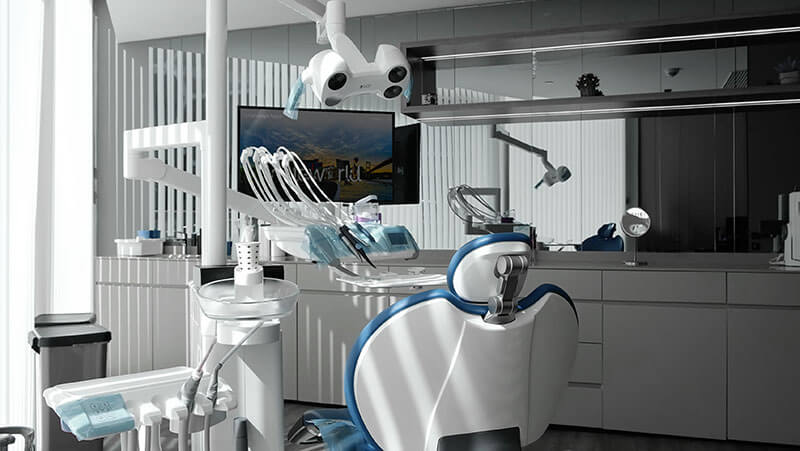
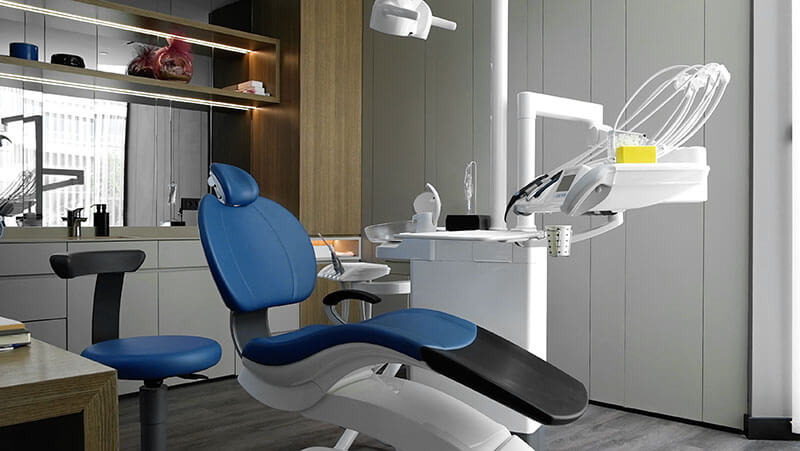
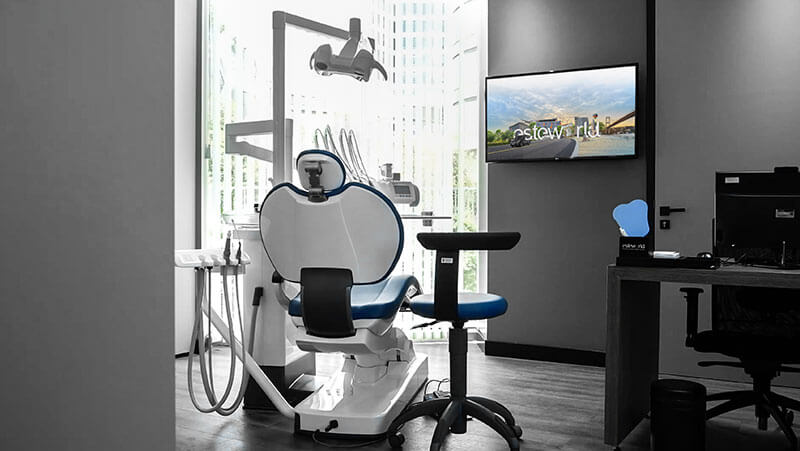
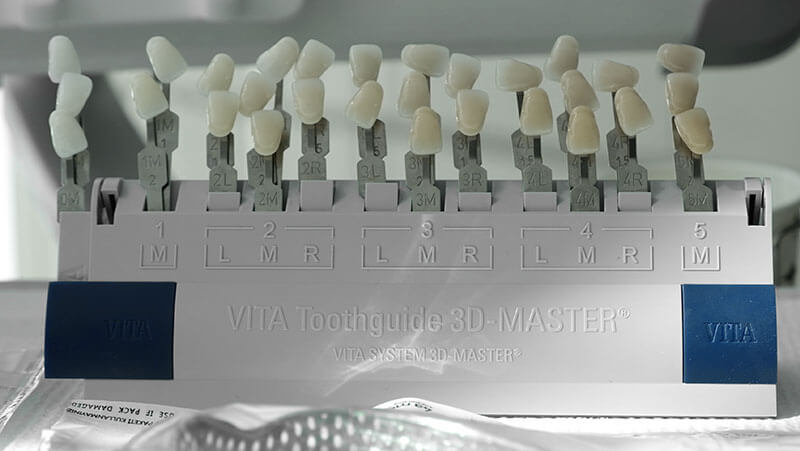
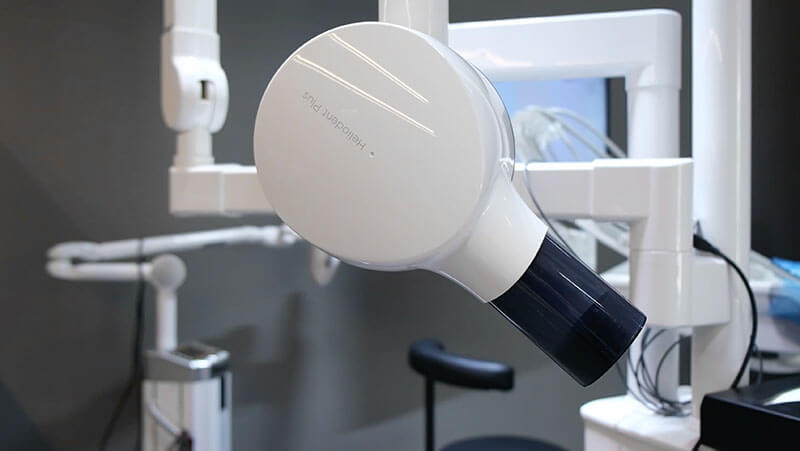
Ask Our Experts!
To ask all your questions and get detailed information, you can leave your contact information by clicking the button below. Our experts will call you as soon as possible.
